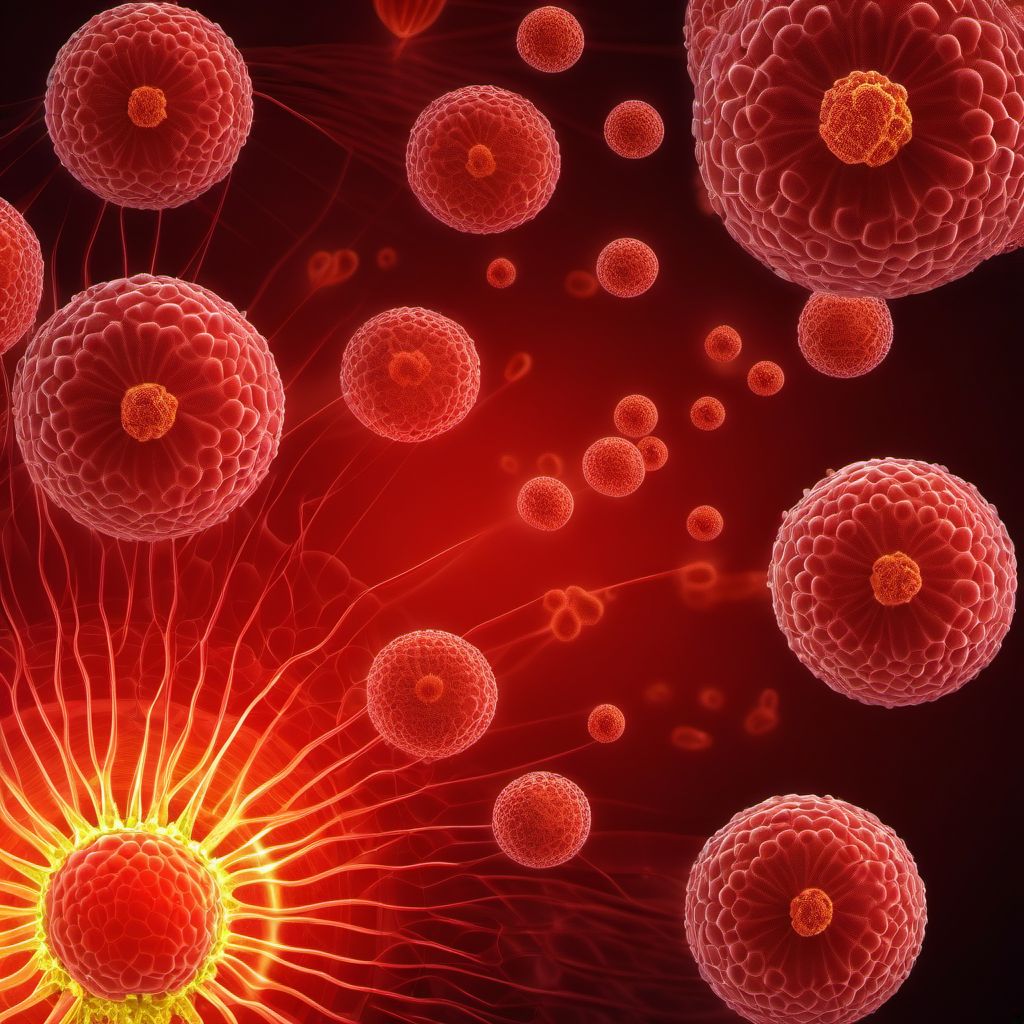
Typhoid and paratyphoid fevers Save
ICD-10 code: A01
Chapter: Certain infectious and parasitic diseases
Typhoid and Paratyphoid Fevers: Causes, Symptoms and Treatment
Typhoid and paratyphoid fevers are bacterial infections caused by the Salmonella typhi and Salmonella paratyphi bacteria, respectively. These infections are spread through contaminated food and water and are most commonly found in areas with poor sanitation and hygiene practices.
Symptoms of Typhoid and Paratyphoid Fevers
The symptoms of typhoid and paratyphoid fevers are similar and can include:
- Fever and chills
- Headache
- Abdominal pain and cramps
- Loss of appetite
- Weakness and fatigue
- Nausea and vomiting
- Constipation or diarrhea
In severe cases, complications such as intestinal bleeding, dehydration, and organ failure can occur.
Treatment
Typhoid and paratyphoid fevers are treated with antibiotics, and in some cases, supportive care such as fluid and electrolyte replacement may be necessary. It is important to complete the full course of antibiotics prescribed by a healthcare provider to ensure the infection is completely eradicated.
Prevention is key in avoiding these infections. Practicing good hygiene such as washing hands frequently, avoiding contaminated food and water, and getting vaccinated can help prevent the spread of these diseases.
Conclusion
Typhoid and paratyphoid fevers are serious bacterial infections that can cause severe illness if left untreated. Recognizing the symptoms and seeking medical attention promptly is crucial in preventing complications. Practicing good hygiene and taking preventative measures can help reduce the spread of these infections.
Diagnosis Codes for Typhoid and paratyphoid fevers | A01
Not Available